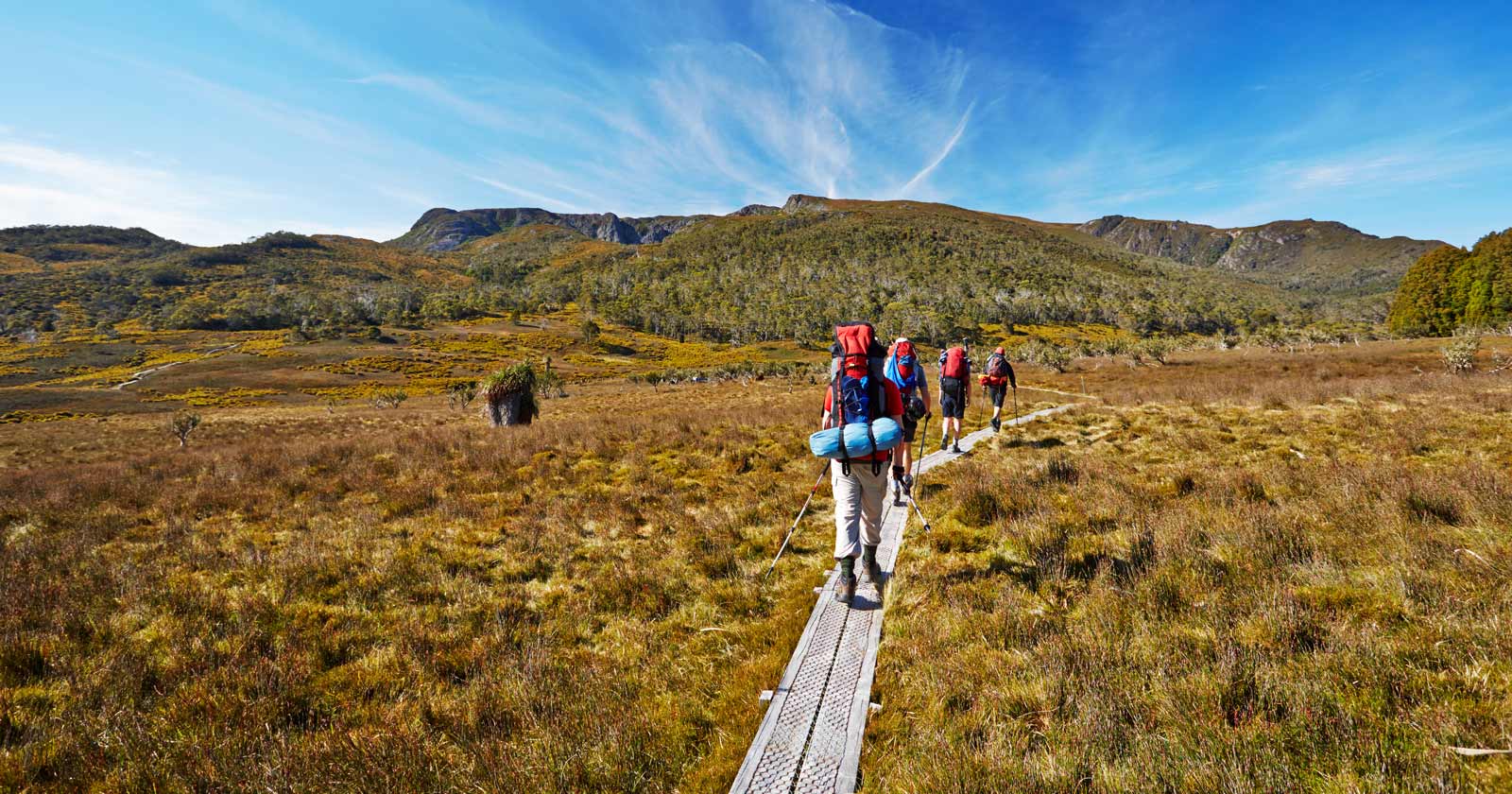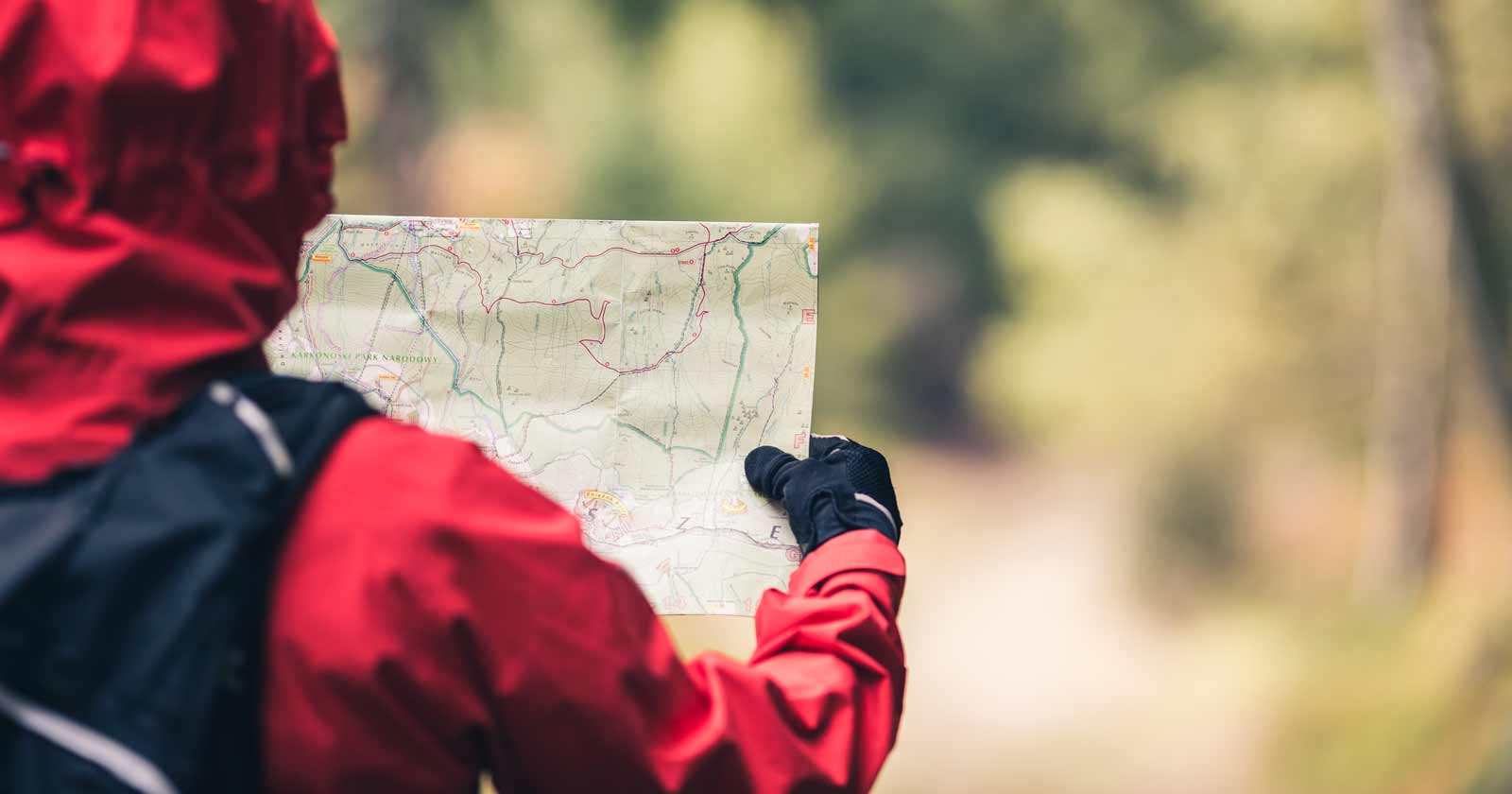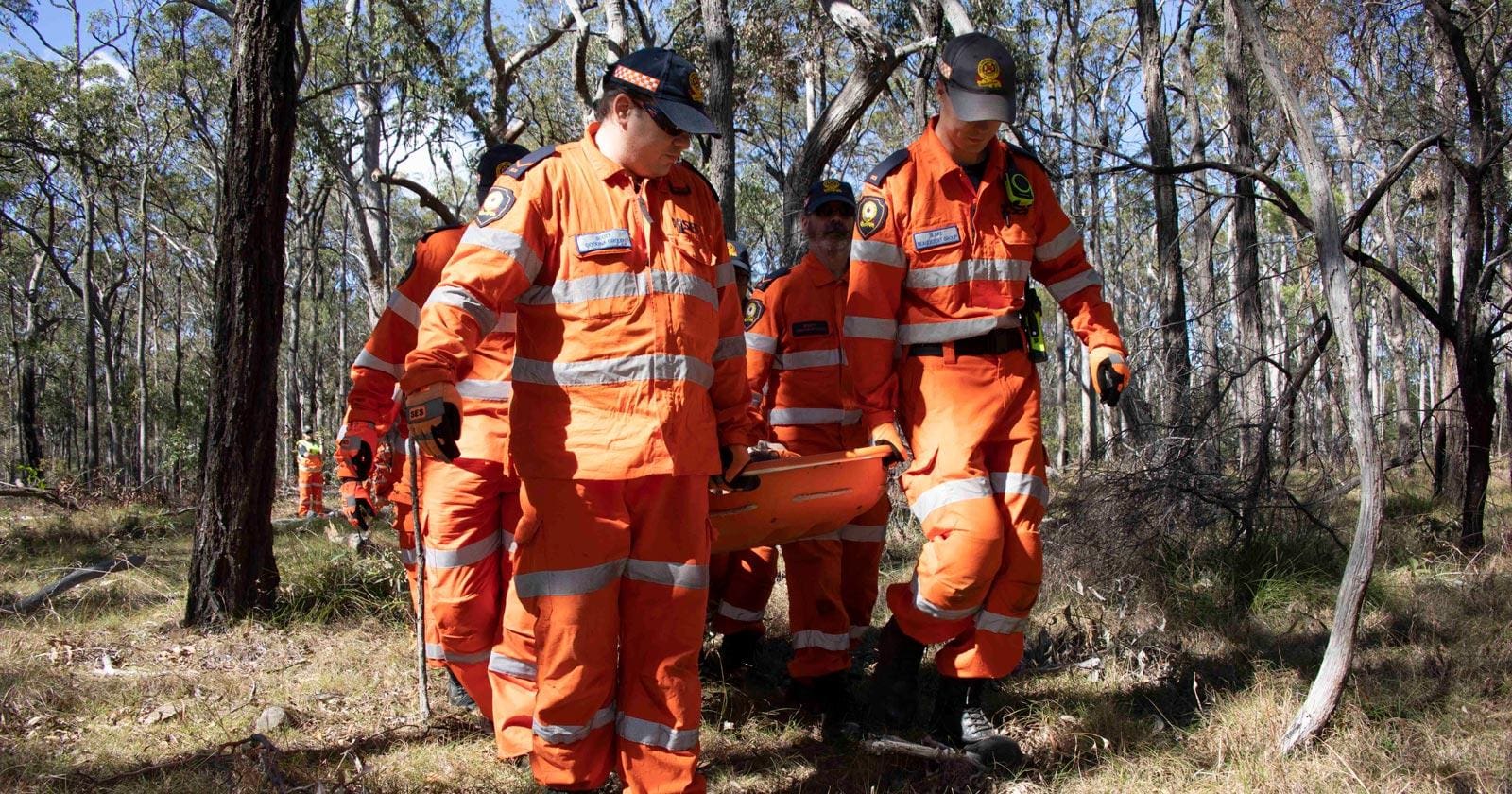As outdoor enthusiasts, one of the most fulfilling experiences is leading a group of fellow adventurers on a hike through nature’s wonders. Whether you’re a seasoned hiker or new to the trails, being a hike leader comes with great responsibility. It requires careful planning, effective communication, and a commitment to safety. Here’s some key tips on leading hikes to ensure an enjoyable and safe experience for everyone involved.
Plan the route ahead of time
Before you take your group out on a hike, it’s important to plan your route ahead of time. Research the trail, check the weather forecast, and make sure you have all the necessary gear. When planning a hike, it’s crucial to select a route with a trail grade that is suitable for the skill level and physical abilities of your group. Consider factors such as distance, elevation gain, and terrain difficulty. Research the trail beforehand, check for any recent closures or hazards, and be aware of weather conditions. It’s also a good idea to have a backup plan or alternative trails in case of unexpected changes. Topographic maps provide valuable information about the terrain, elevation, and landmarks of the trail. Study the maps to get a clear understanding of the trail’s route, including any potential hazards such as steep slopes, water crossings, or rocky sections. Familiarise yourself with the contour lines, symbols, and scale to interpret the map accurately and plan your route accordingly.
Create an itinerary
Before setting out on the hike, create a detailed itinerary that includes the route, estimated time, distance, designated rest stops and emergency evacuation points. Share this information with your group and make sure everyone understands the plan. This will help ensure that everyone is on the same page and can follow the designated route.
Have a contingency plan
Despite careful planning, unexpected situations can arise during a hike. It’s essential to have a contingency plan in case of emergencies, such as injuries, severe weather, or getting lost. Familiarise yourself with the trail map, landmarks, and nearby facilities. Bring a map, compass or GPS, and know how to use them. Carry a whistle or other signaling devices in case of emergencies.
Use navigation tools
GPS devices or hiking apps can be valuable tools for planning your route. They provide real-time information about your location, distance covered, and elevation changes. You can also use them to track your progress, mark waypoints, and plan rest stops. Make sure to bring extra batteries or a power bank if using electronic devices, and always have a backup navigation method, such as a physical map and compass, in case of technology failures. Just be mindful that hiking apps often aren’t the magical tools people like to think they are and do have their limitations.
Consider weather and seasonal factors
Weather and seasonal factors can greatly impact the trail conditions and safety of your hike. Check the weather forecast for the area and time of your hike and plan accordingly. Be aware of factors such as snow, ice, extreme heat, or flash floods that may affect the trail. Adjust your route or hiking plans if needed to ensure the safety and comfort of your group. It’s better to change or cancel your plans than it is to put your life and the lives of others in your group in danger.
Know your group
Understanding the needs and abilities of your group is crucial for leading a successful hike. Communicate with your participants before the hike to gather information about their experience level, fitness level, and any medical conditions or allergies that may require special attention. This will help you tailor the hike to their needs and plan accordingly. Plan your hike for the slowest person. One that is suitable for everyone in your party and let the slower person set the pace. You can still lead the hike directly behind them and offer words of encouragement and assist them in learning how to navigate the trail. You might not know how slow they will be during the pre-hike planning so ask questions as they sign up to the hike. If you don’t find out until you are on the trail, then be accommodating enough to adjust your plans, pace and route accordingly.
Prepare a hiking gear checklist
Before heading out on the trail, make sure you and your participants have the right gear for the hike. Prepare a hiking gear checklist that includes essentials such as appropriate clothing, sturdy footwear, water bottles, snacks, a first aid kit, sunscreen, insect repellent, and navigation tools like a map and compass or GPS device. It’s also a good idea to carry a whistle, a headlamp or flashlight, and a multi-purpose tool for emergencies.
Safety first
As a hike leader, safety should be your top priority. Make sure to carry a first aid kit, PLB, extra water, and snacks. Familiarise yourself with basic first aid techniques and be prepared to handle emergencies. Encourage participants to bring appropriate clothing, footwear, and gear. Set clear guidelines for the group, such as staying on the designated trail, avoiding risky behavior, and respecting wildlife and natural habitats.
Communicate with your group
Communication is key when leading a hike. Before you start the hike, introduce yourself to the group and let them know what to expect. During the hike, keep everyone informed of any changes in the route or any potential hazards. Encourage everyone to communicate with you if they need to rest, need to go to the toilet, or if they’re experiencing any discomfort. Encourage open communication and establish a buddy system, where participants look out for each other. If someone needs to leave the trail, tell them to leave a sign so you know where they left. Designate regular meeting points along the trail, especially at critical junctions or landmarks. This can help regroup the hikers and prevent anyone from getting lost. Make sure to wait for all members of the group to catch up before proceeding to the next meeting point. Regularly check in with your group throughout the hike, provide updates on the itinerary, and address any concerns or questions. Stay attentive and approachable, and encourage participants to speak up if they’re experiencing any difficulties.
Pace yourself and the group
When leading a hike, it’s important to set an appropriate pace that accommodates the abilities of your group. Avoid pushing too hard or going too fast, as this may result in injuries, exhaustion, or an unpleasant experience. Take breaks at regular intervals to rest, hydrate, and enjoy the surroundings. Monitor your participants’ energy levels and adjust the pace as needed to ensure everyone can keep up comfortably. Assigning a designated leader or trail guide within your hiking group can help ensure that everyone stays together. The leader can set the pace, make decisions on trail directions, and keep an eye on the group to prevent anyone from falling behind or getting separated. Encourage your group members to hike closely together and avoid straying too far from the main group. Remind them to be patient and avoid racing ahead or lagging too far behind, as this can increase the risk of getting separated.
Adapt to the group
Hiking with a diverse group of individuals may require you to adapt your leadership style. Be mindful of varying skill levels, physical abilities, and personal preferences. Keep a moderate pace that accommodates everyone and allow for breaks when needed. Be patient, supportive, and encouraging, and create a positive and inclusive environment.
Be a role model
As a hike leader, you are setting an example for your group. Demonstrate responsible hiking practices, such as packing out trash, leaving no trace, and following local regulations. If a track is closed, don’t enter as there would be a good reason land managers have restricted access. If you didn’t identify this in your pre-hike planning, adopt your alternative plan. Show respect for nature, other hikers, and wildlife. Encourage a positive and inclusive atmosphere where everyone feels welcome and respected.
Stay alert for potential hazards
As a hiking leader, it’s important to stay alert for potential hazards on the trail. Keep an eye out for slippery rocks, loose gravel, low hanging branches, and other potential hazards. Warn your group about any hazards that you encounter, and make sure everyone is aware of the potential risks.
Keep a positive attitude
Finally, it’s important to keep a positive attitude when leading a hike. Encourage everyone to enjoy the scenery and take in the sights and sounds of nature. Celebrate the small victories along the way, like reaching a milestone or conquering a challenging section of the trail. A positive attitude can go a long way in keeping everyone motivated and engaged.
Let someone know before you go
Before you head out on the trail. Let someone know before you go. Always leave trip intention information with someone who can raise the alarm. You can use my online trip intentions form for this. Many popular walking track starting points, huts and some campsites have log books. Make a note in the log book of the time/date, your group and intended destination that day or multi-days. Include any relevant information that may benefit other groups. Read previous entries in any log book, to have an idea of the location of other groups or relevant information they may have shared. Log books will be reviewed by emergency services in the event of an incident or missing person/group in that area.
Leading a hike can be a rewarding experience for both you and your group. By planning ahead, communicating effectively, pacing yourself and your group, staying alert for potential hazards, and keeping a positive attitude, you can ensure that everyone has a safe and enjoyable hiking experience. Remember that safety should always be a top priority during any hike. It’s important to be prepared with proper equipment, follow Leave No Trace principles, and have a plan for emergencies. Stay vigilant, communicate effectively, and foster a sense of teamwork to keep your hiking group together and ensure an enjoyable and safe experience for everyone.

















While I enjoy hiking solo, I also love getting out there with a group. I’ve been leading hikes with the THA Meetup Group for years now and it’s always rewarding to help other explore new places.